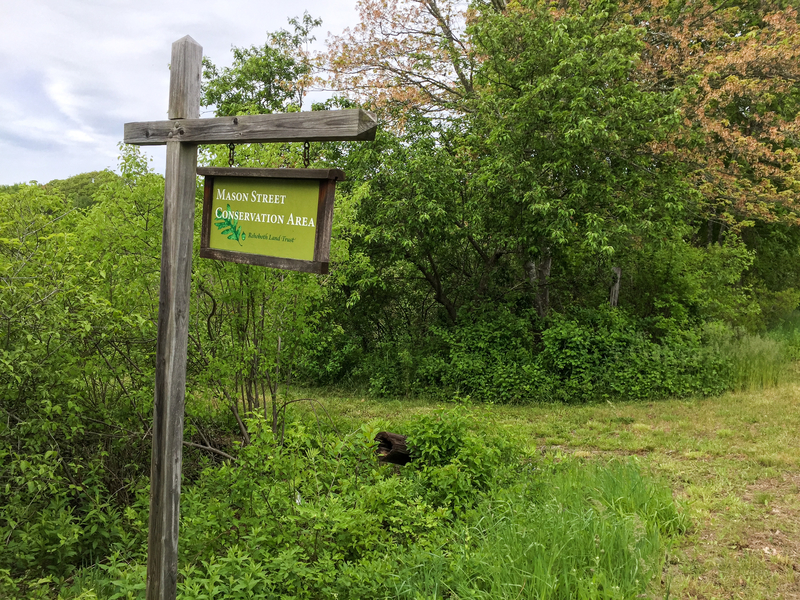Private landowners across the nation are continuing to discover the benefits of becoming active participants in land conservation efforts. Landowners who are ecologically minded have partnered up with the US Fish and Wildlife Service (FWS) and private conservation groups such as The Nature Conservancy to help transform their property into habitats for migratory birds as well as endangered, threatened and at-risk species of plants and animals. Such innovative conservation programs allow landowners to maintain land management goals and keep lands working for them, all while helping to preserve habitats for the wildlife that needs it most. With more than 61 percent of US land owned by private landowners, programs like these are crucial to effective land conservation.
How Do These Programs Work?
While there are many different programs available to landowners, they all focus on creating a mutually beneficial partnership to help them achieve their own land-use goals while allowing for the conservation of ecologically important tracts of land. The FWS program, for example, connects interested landowners with state, federal and even private partners who can work together to create an action plan that will help preserve or restore their land as wildlife habitat. The landowner and land conservation partners enter into a cost-sharing agreement, and the landowner’s financial commitment to the project can come in the form of labor, equipment use or other services. The landowner must also sign a multi-year commitment to maintaining the conservation goals in order to qualify for the project.
Some of the FWS-funded projects may include restoration work, livestock exclusion, streambank stabilization, reforestation, wetland enhancement and more. Conservation programs through private organizations such as The Nature Conservancy, also focus on working hand-in-hand with private landowners to increase land conservation efforts. The main methods used by private organizations are conservation easements. A conservation easement is a powerful way to preserve land in perpetuity. Land easements involve the surrender of certain property rights, such as development or subdivision, while still keeping the land privately owned. The agreements allow the owners to claim tax benefits while still using their land. Such easements have protected millions of acres of wildlife habitat, and continue to be used by landowners and conservation groups to help ensure that a parcel of land will be preserved for future generations.

